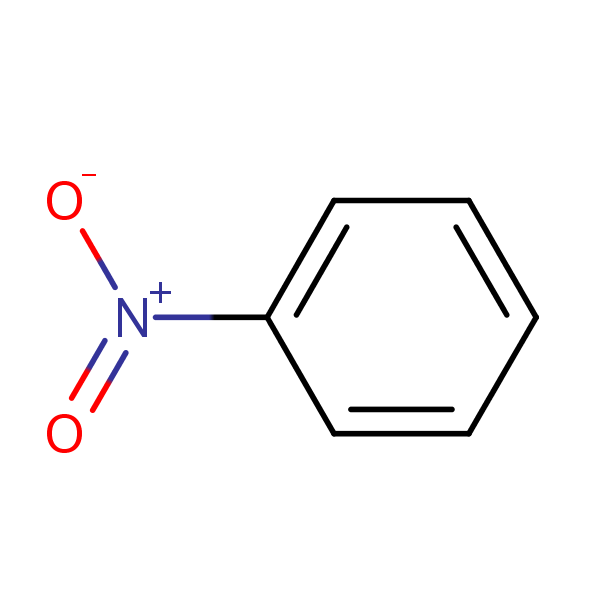Nitrobenzene
CASRN 98-95-3 | DTXSID3020964
- Toxicological Review (PDF) (250 pp, 3.83 M)
- IRIS Summary (PDF) (30 pp, 257 K)
Noncancer Assessment
Reference Dose for Oral Exposure (RfD) (PDF)
(30 pp, 257 K)
Last Updated: 02/06/2009
| System | RfD (mg/kg-day) | Basis | PoD | Composite UF | Confidence |
|---|---|---|---|---|---|
| Hematologic | 2 x 10 -3 | Increased methemoglobin levels |
BMDL
(1SD):
1.8
mg/kg-day |
1000 | Medium |
Reference Concentration for Inhalation Exposure (RfC) (PDF)
(30 pp, 257 K)
Last Updated: 02/06/2009
| System | RfC (mg/m3) | Basis | PoD | Composite UF | Confidence |
|---|---|---|---|---|---|
| Nervous, Respiratory | 9 x 10 -3 | Bronchiolization of the alveoli and olfactory degeneration |
BMCL
10
(HEC):
0.26
mg/m3 |
30 | Medium |
Cancer Assessment
Weight of Evidence for Cancer (PDF)
(30 pp, 257 K)
Last Updated: 02/06/2009
| WOE Characterization | Framework for WOE Characterization |
|---|---|
| Likely to be carcinogenic to humans (Combined route) | Guidelines for Carcinogen Risk Assessment (U.S. EPA, 2005) |
- Under the Guidelines for Carcinogen Risk Assessment (U.S. EPA, 2005a), nitrobenzene is classified as "likely to be carcinogenic to humans" by any route of exposure.
- This may be a synopsis of the full weight-of-evidence narrative.
Quantitative Estimate of Carcinogenic Risk from Oral Exposure (PDF) (30 pp, 257 K)
Not Assessed under the IRIS Program.
Quantitative Estimate of Carcinogenic Risk from Inhalation Exposure (PDF) (30 pp, 257 K)
Inhalation Unit Risk:
4
x 10-5
per µg/m3
Extrapolation Method: Multistage model with linear extrapolation from the POD (LEC10).
Tumor site(s): Endocrine, Hepatic, Urinary
Tumor type(s): Liver hepatocellular adenomas or carcinomas, kidney tubular adenomas or carcinomas, thyroid follicular cell adenomas or carcinomas (CIIT (1993))
- Human Health Benchmarks for Pesticides (HHBP). This database provides human health benchmarks for pesticides that may be present in drinking water.
- Office of Pesticide Programs Pesticide Chemical Search. This database provides links to health effects information and registration status for pesticides.
- Chemistry Dashboard. This database provides information on chemical structures, experimental and predicted physicochemical, and toxicity data.
You will need Adobe Reader to view some of the files on this page. See EPA's PDF page to learn more.
Contact Us to ask a question, provide feedback or report a problem.







